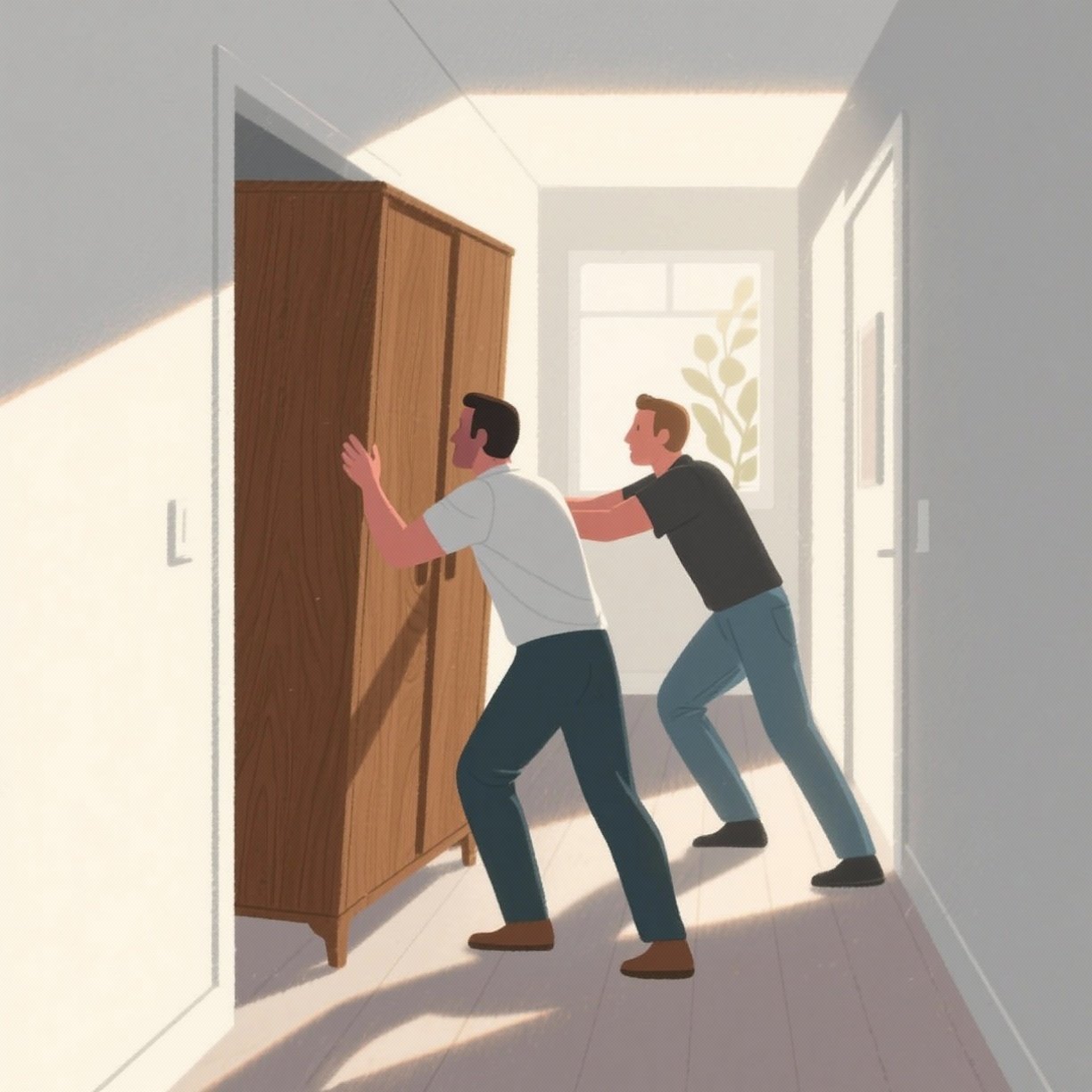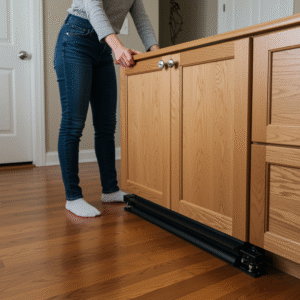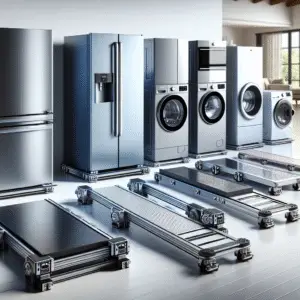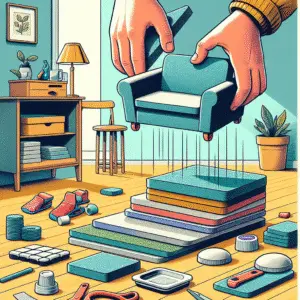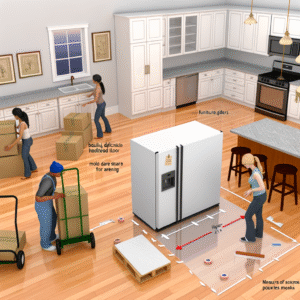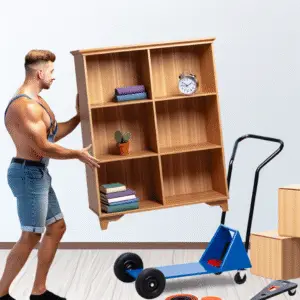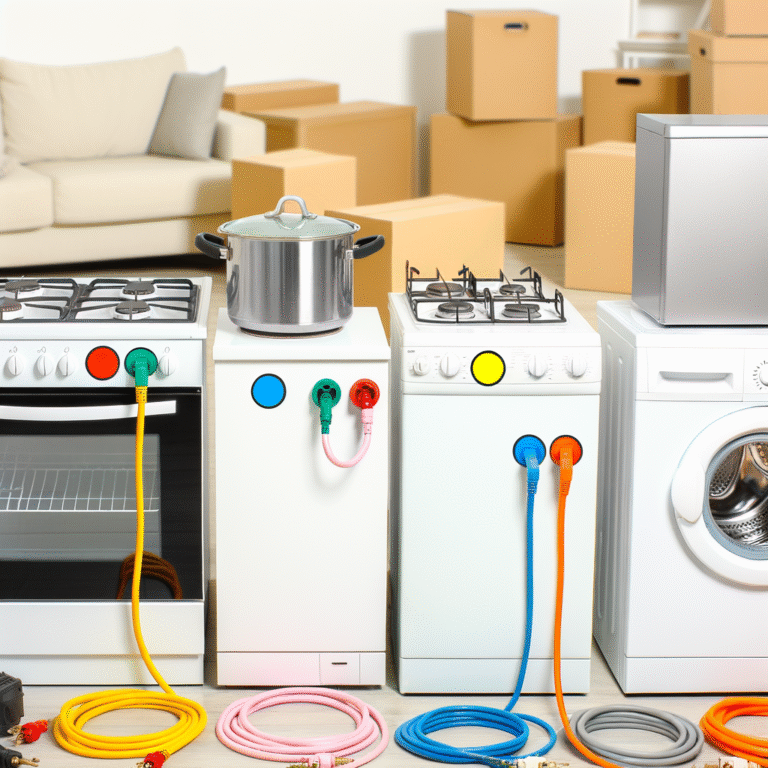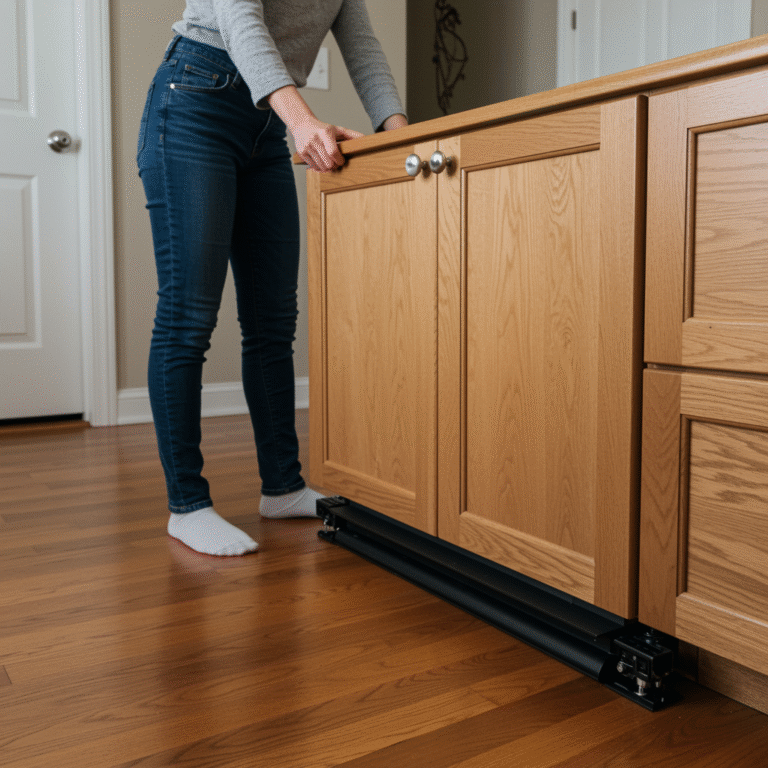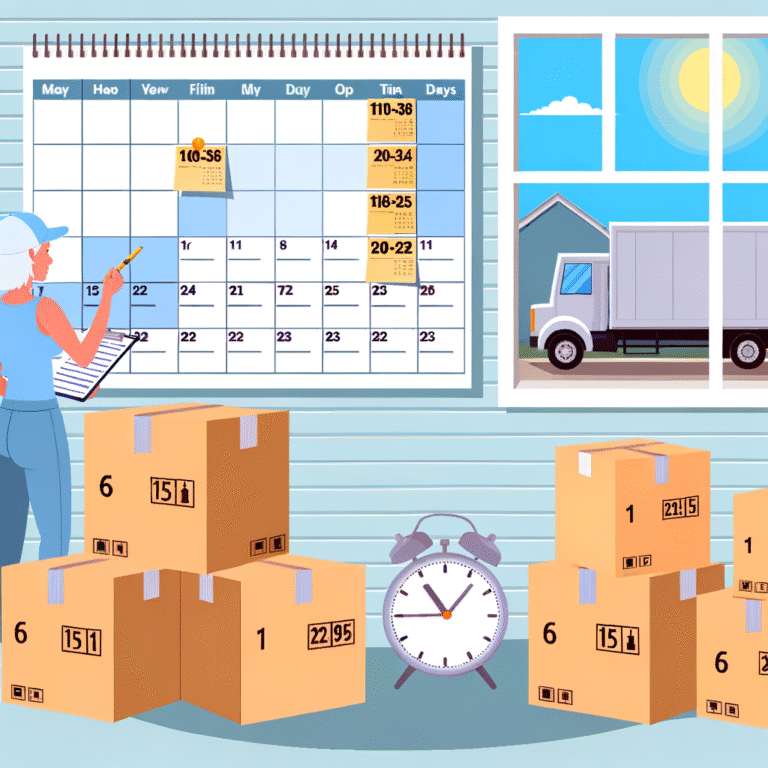Best Furniture Sliders for a Solo Move
Master furniture sliders for solo movers with our expert 2025 guide. Save money, protect floors, and move heavy furniture safely. Step-by-step instructions included.”>
Furniture Sliders for Solo Movers: Complete 2025 Guide
Master the Art of Moving Heavy Furniture Alone with Professional Techniques
Published: September 15, 2025 | Updated: September 15, 2025 | Reading Time: 12 minutes
Table of Contents
Transform Your Solo Moving Experience
Stop struggling with heavy furniture. Learn professional techniques that make solo moving 75% easier while protecting your floors and your back.
Moving Industry Insights 2025
Understanding Furniture Sliders for Solo Movers
Moving heavy furniture alone doesn’t have to be a back-breaking ordeal. Furniture sliders for solo movers are revolutionary tools that transform impossible-seeming tasks into manageable projects. These simple yet ingenious devices reduce friction between furniture and floors, allowing you to glide even the heaviest pieces with minimal effort.
The physics behind furniture sliders is elegantly simple: by reducing the coefficient of friction between surfaces, sliders can decrease the force required to move furniture by up to 85%. This means a 200-pound dresser that typically requires significant strength can be moved with just 30 pounds of force when using quality sliders.
“In my 20 years as a professional mover, I’ve seen furniture sliders revolutionize solo moving. They’re not just tools—they’re game-changers that level the playing field between professional crews and individual movers.”
— Marcus Rodriguez, Certified Moving Consultant
Why Solo Movers Need Furniture Sliders
- Physical Protection: Reduce strain on your back, knees, and shoulders by up to 85%
- Floor Preservation: Eliminate scratches, gouges, and scuff marks on all floor types
- Precision Control: Enable exact positioning without lifting assistance
- Universal Compatibility: Work effectively on hardwood, tile, carpet, and laminate
- Cost Efficiency: Investment pays for itself in first use compared to hiring movers
- Confidence Building: Transform overwhelming tasks into achievable goals
Types of Furniture Sliders: Complete Classification
Hard Surface Sliders
Designed specifically for hardwood, tile, laminate, and vinyl floors, these furniture sliders for solo movers feature soft, cushioned undersides that glide smoothly while protecting delicate surfaces.
✓
Hard Surface Slider Features
- Felt or fabric undersides for smooth gliding
- Protective padding prevents surface scratches
- Available in multiple sizes (1-5 inches diameter)
- Weight capacity ranging from 100-1,000 pounds per slider
- Ideal for finished floors and delicate surfaces
Carpet Sliders
Moving furniture on carpet requires specialized sliders with hard plastic undersides that can cut through carpet pile and fibers effectively.
✓
Carpet Slider Specifications
- Hard plastic undersides slice through carpet fibers
- Larger surface areas distribute weight evenly
- Specialized edge designs for deep pile carpets
- Heat-resistant materials for all carpet types
- Enhanced durability for repeated use
Universal Sliders
Advanced dual-surface sliders that adapt to multiple floor types, perfect for moves involving mixed flooring situations.
💡
Pro Tip: Universal Slider Selection
For homes with mixed flooring, invest in universal sliders rather than multiple sets. They cost 20% more but eliminate the need to switch slider types mid-move, saving time and reducing confusion.
Choosing the Right Furniture Sliders: Expert Selection Guide
Floor Type Assessment
The foundation of successful slider selection lies in accurately identifying your primary floor surfaces. Using mismatched sliders can result in damaged floors or ineffective movement.
| Floor Type | Recommended Slider | Key Features |
|---|---|---|
| Hardwood | Felt-bottom soft sliders | Maximum surface protection |
| Tile/Stone | Rubber-bottom sliders | Enhanced grip and control |
| Carpet | Hard plastic sliders | Cuts through pile effectively |
| Laminate | Soft fabric sliders | Prevents scratching |
Weight Capacity Calculations
Proper weight distribution is crucial for furniture sliders for solo movers. Calculate total furniture weight and divide by the number of contact points to determine individual slider requirements.
⚠
Critical Weight Capacity Warning
Never exceed 80% of a slider’s rated capacity. Overloading can cause sudden failure, potentially injuring you and damaging furniture or floors. When in doubt, use additional sliders or choose higher-capacity options.
Size and Shape Selection Matrix
Small Round (1-2 inches)
- Chair legs
- Small table legs
- Accent furniture
- Weight: Up to 200 lbs
Medium Round (3-4 inches)
- Dining table legs
- Dresser corners
- Medium appliances
- Weight: 200-500 lbs
Large Square (4+ inches)
- Piano bases
- Heavy appliances
- Solid wood furniture
- Weight: 500+ lbs
Step-by-Step Guide: Mastering Furniture Sliders
Phase 1: Preparation and Planning
Complete Route Assessment
Measure all doorways, hallways, and turning points. Create a detailed path map, noting potential obstacles, floor transitions, and tight corners that may require special maneuvering techniques.
Furniture Weight Distribution Analysis
Remove all drawers, shelves, and loose components. Calculate remaining weight and identify primary contact points. This reduces total weight by 20-40% and improves slider effectiveness.
Tool and Supply Organization
Gather all necessary equipment: appropriate sliders, lifting straps, furniture pads, measuring tape, and emergency contact information. Organization prevents mid-move complications.
Phase 2: Slider Installation Technique
Controlled Lifting Technique
Use proper body mechanics: squat position, straight back, lift with legs. Raise one corner just high enough to slide the furniture slider underneath. Never lift higher than necessary.
Precision Slider Placement
Center sliders under furniture legs or contact points. Ensure sliders are flush against the floor with no air gaps. Misaligned sliders can cause furniture to tip or slip during movement.
Systematic Installation Process
Install sliders on all contact points before beginning movement. Test stability by gently rocking furniture. All sliders should make solid contact with both furniture and floor.
“The key to successful slider installation is patience and precision. Rushing this phase causes 90% of solo moving accidents. Take time to ensure perfect placement—it’s the foundation of safe, effective furniture movement.”
— Sarah Chen, Professional Moving Trainer
Professional Techniques for Solo Movers
The Advanced Pivot Method
Master the pivot technique to navigate corners and tight spaces with furniture sliders for solo movers. This professional method allows 180-degree direction changes without lifting.
Pivot Technique Steps:
- Identify the pivot point (usually a corner of the furniture)
- Maintain pressure on the pivot point while lifting the opposite corner slightly
- Slowly walk the free end in the desired arc direction
- Keep movements small and controlled—never rush the pivot
- Reset slider position if friction increases during the turn
Weight Transfer Techniques
Professional movers use weight transfer to maintain control while reducing physical strain. These techniques are essential for solo furniture sliding success.
💡
Advanced Pro Tip: Momentum Management
Use gentle momentum to your advantage. Start movements slowly, allow natural momentum to build, then guide rather than force. This technique reduces effort by 40% and improves control significantly.
Multi-Surface Transition Strategy
Moving furniture across different floor types requires strategic planning and technique adjustment. Here’s how professionals handle challenging transitions.
Hardwood to Carpet
Switch to carpet sliders before transition. The height difference requires careful navigation to prevent furniture from catching on the edge.
Carpet to Tile
Remove carpet sliders completely and install hard surface sliders on the tile side. Never drag furniture across the transition without proper sliders.
Best Furniture Sliders for Solo Movers 2025: Expert Reviews
🥇 BEST OVERALL
4.8/5
SuperSlide Pro Series
Professional-grade sliders with universal compatibility. Perfect for serious solo movers who need reliability and performance.
✅ Pros
- 1,200 lb capacity
- Works on all surfaces
- Lifetime warranty
- Non-slip top surface
❌ Cons
- Higher price point
- Limited size options
- Slightly thicker design
Best For: Heavy furniture, frequent movers, mixed flooring homes
Price Range: $45-65
🥈 BEST VALUE
4.5/5
EcoMove Basic Set
Affordable yet effective sliders perfect for occasional use and budget-conscious solo movers.
✅ Pros
- Excellent value
- Easy to use
- Multiple sizes included
- Good for lightweight items
❌ Cons
- Lower weight capacity
- Surface-specific only
- Shorter lifespan
Best For: Light furniture, budget moves, first-time users
Price Range: $15-25
🥉 PREMIUM
4.9/5
MoveMaster Elite
Premium sliders with advanced materials and engineering for the most demanding moving applications.
✅ Pros
- 2,000 lb capacity
- Silent operation
- Self-aligning design
- Premium materials
❌ Cons
- Premium pricing
- Overkill for small items
- Limited availability
Best For: Professional use, heavy appliances, frequent moving
Price Range: $85-120
Safety Considerations and Injury Prevention
While furniture sliders for solo movers significantly reduce moving risks, proper safety protocols remain essential for successful, injury-free relocation.
✓
Essential Safety Checklist
- ✅ Wear proper footwear with grip
- ✅ Clear all pathways completely
- ✅ Have emergency contact ready
- ✅ Use proper lifting technique
- ✅ Check slider weight limits
- ✅ Inspect sliders for damage
- ✅ Maintain three points of contact
- ✅ Take frequent rest breaks
⚠
Know Your Physical Limits
Even with sliders, some furniture pieces exceed safe solo moving capabilities. Items over 200 pounds, tall unstable pieces, or furniture with awkward dimensions may require professional assistance. Your safety is more valuable than any cost savings.
Cost Analysis: Solo Moving vs. Professional Services
Understanding the financial impact of using furniture sliders for solo movers helps justify the investment and plan your moving budget effectively.
Solo Moving with Sliders
- Quality slider set: $45
- Moving supplies: $20
- Truck rental: $30 (optional)
- Total investment: $95
Professional Movers
- Labor: $300 (3 hours)
- Truck rental: $100
- Insurance: $50
- Tips: $50
Potential Floor Damage
- Hardwood refinishing: $600
- Tile replacement: $200
- Carpet repair: $150
- Average damage cost: $650
Total Savings Analysis
Additional moves: $450 savings each
Investment in quality furniture sliders pays for itself in the first use and continues providing value for years of future moves.
Common Issues and Professional Solutions
❌ Problem: Sliders Keep Slipping
Cause: Wrong slider type for floor surface or debris under furniture.
✅ Solutions:
- Verify slider compatibility with floor type
- Clean furniture base and floor surface
- Check for uneven weight distribution
- Consider higher-grip slider materials
❌ Problem: Furniture Won’t Move
Cause: Exceeding slider weight capacity or improper installation.
✅ Solutions:
- Remove all possible weight (drawers, contents)
- Add additional sliders for weight distribution
- Upgrade to higher-capacity sliders
- Check for furniture legs not making contact
❌ Problem: Floor Damage Occurring
Cause: Debris on sliders or incompatible slider material.
✅ Solutions:
- Stop movement immediately
- Inspect and clean all slider surfaces
- Switch to appropriate slider type
- Add furniture pads for extra protection
❌ Problem: Loss of Control
Cause: Moving too fast or on sloped surfaces.
✅ Solutions:
- Reduce movement speed significantly
- Use furniture straps for additional control
- Move in shorter, controlled increments
- Get assistance for heavy or unstable items
Frequently Asked Questions
What weight limit should I look for in furniture sliders for solo movers?
For solo moving, choose sliders with at least 300-400 pounds capacity per slider. This provides adequate safety margin for most household furniture. Heavy items like pianos or large appliances require 800+ pound capacity sliders. Always divide total furniture weight by number of contact points to determine individual slider requirements.
Can I use the same sliders on hardwood and carpet?
Universal sliders work on both surfaces but dedicated sliders perform better. Hard surface sliders have soft undersides that protect floors but won’t work effectively on carpet. Carpet sliders have hard plastic bottoms that damage hardwood. For mixed flooring homes, invest in universal sliders or separate sets for optimal performance.
How do I prevent furniture from tipping when using sliders?
Ensure all sliders are properly positioned under stable contact points. Remove top-heavy items like books or dishes before moving. Move slowly and maintain control at all times. For tall furniture, use furniture straps or have someone spot you. Never attempt to move unstable or top-heavy items alone, regardless of slider quality.
What’s the difference between cheap and expensive furniture sliders?
Premium sliders offer higher weight capacity, better materials, and longer lifespan. Cheap sliders may crack under pressure, damage floors, or wear out quickly. Quality sliders feature reinforced construction, precision-engineered surfaces, and often include warranties. For frequent moving or heavy furniture, premium sliders provide better value despite higher upfront cost.
Can furniture sliders damage my floors?
Properly matched sliders protect floors from damage. Problems occur when using wrong slider types, dirty sliders, or damaged equipment. Always clean sliders before use, match slider type to floor material, and inspect for wear or debris. Quality sliders prevent the scratches and gouges that occur from dragging furniture directly on floors.
How many sliders do I need for a typical solo move?
A standard set includes 8-16 sliders in various sizes. For a typical solo move, you’ll need 4 sliders for most furniture pieces (one per leg/corner). Having 16+ sliders allows simultaneous setup of multiple pieces and provides backups. Consider furniture quantity, leg configuration, and whether you’ll be moving friends in the future when determining set size.
Do I need special tools to install furniture sliders?
Most sliders require no tools—simply lift furniture and slide them underneath. However, lifting heavy furniture safely may require furniture straps or a lifting buddy. Some professional movers use pry bars or furniture lifters for easier installation. The key is having enough leverage to lift furniture corners without straining your back.
What should I do if sliders get stuck under furniture?
This usually happens when sliders shift during movement or furniture settles unevenly. Stop movement immediately and assess the situation. Use a thin pry bar or furniture lifter to raise the furniture slightly and reposition or remove the slider. Never force movement when sliders are stuck, as this can damage both the slider and your floor.
Master Solo Moving with Professional Confidence
You now have the complete knowledge needed to transform your solo moving experience. Furniture sliders for solo movers aren’t just tools—they’re your pathway to independent, confident, and safe furniture relocation.
Reduce Physical Strain by 85%
Save $400+ Per Move
Protect Your Floors
Ready for Your Next Move?
Start with quality sliders, follow our professional techniques, and transform moving day from stress to success. Your back, your floors, and your wallet will thank you.
Related Moving Resources

Disclaimer: This article provides general guidance for using furniture sliders. Individual results may vary based on furniture weight, floor conditions, and user technique. Always prioritize safety and consider professional movers for valuable, heavy, or unstable items. The author is not responsible for injuries or damage resulting from the use of this information.

